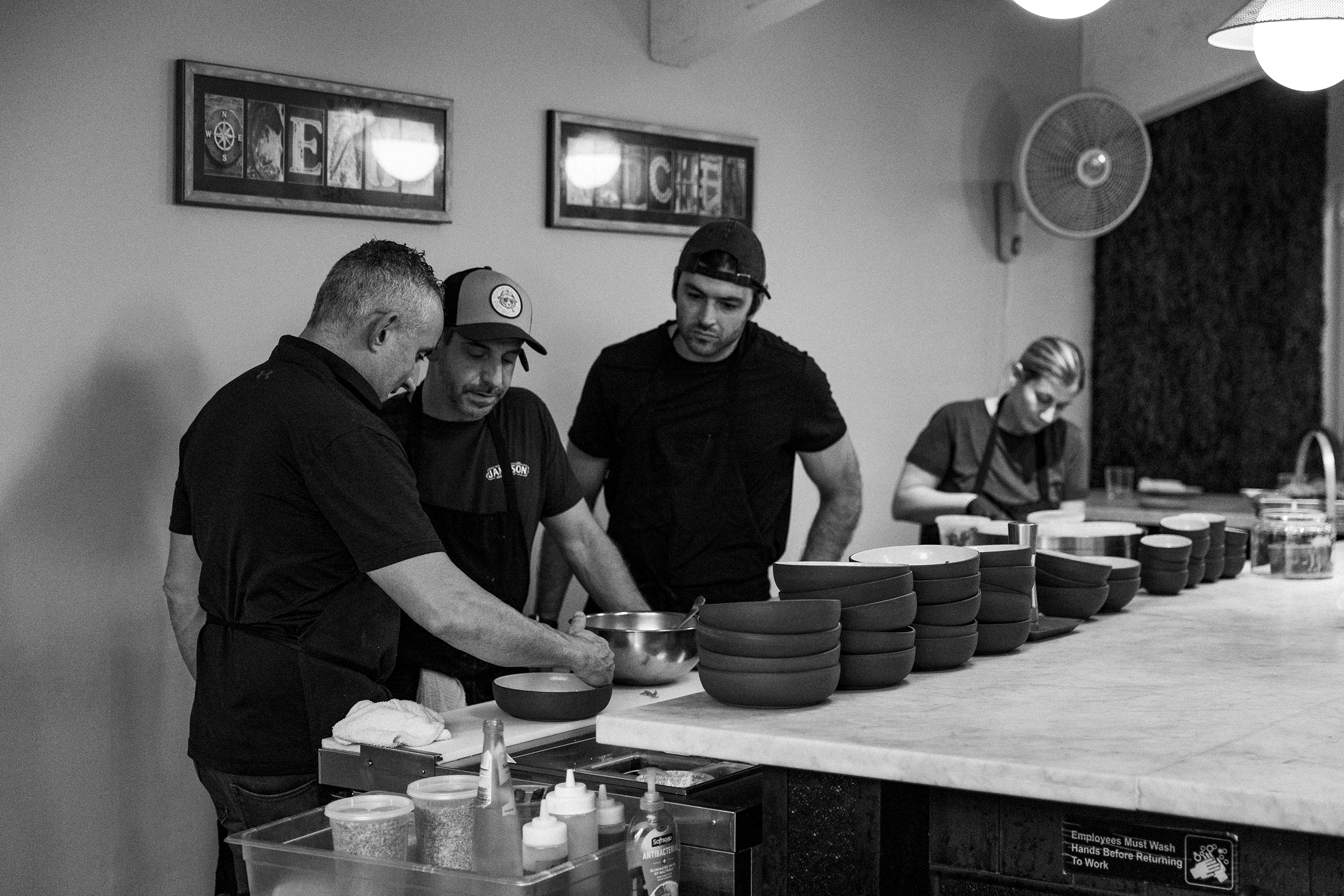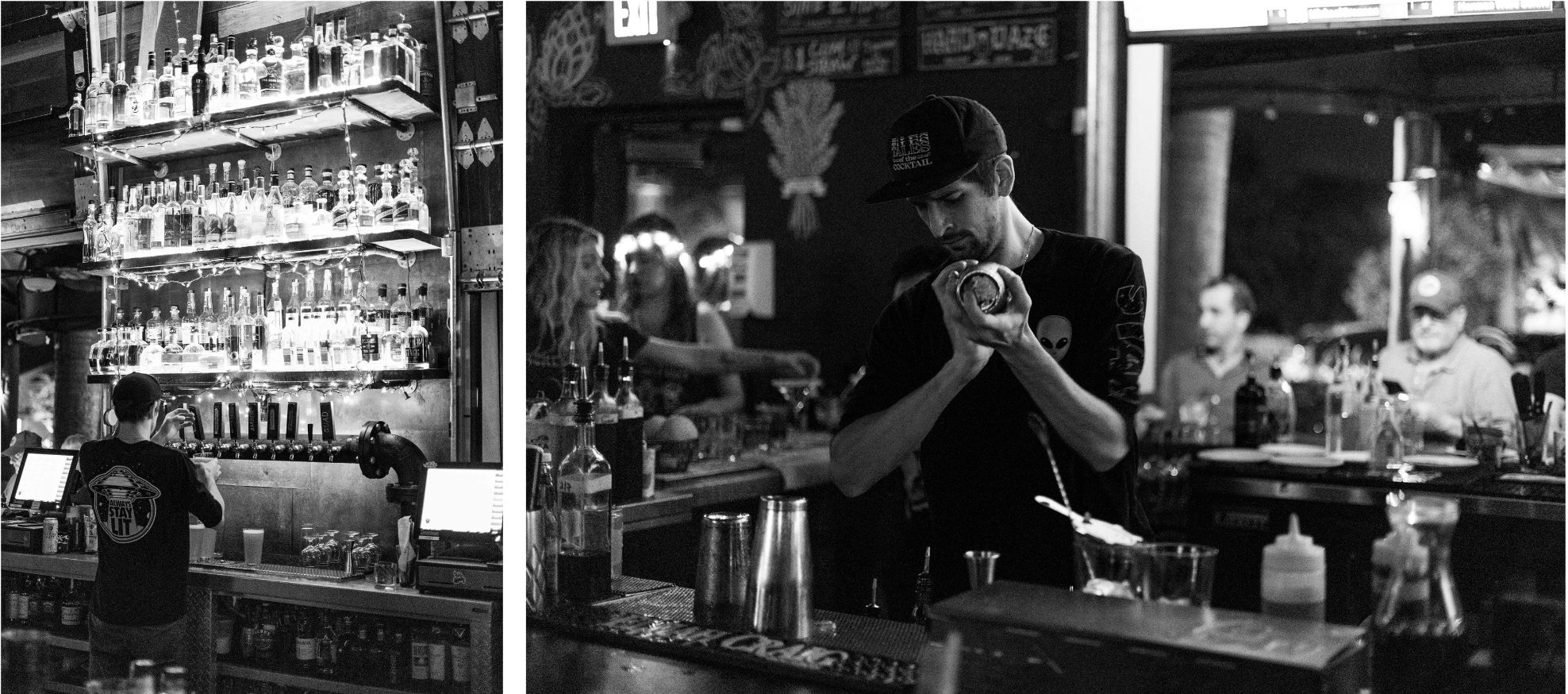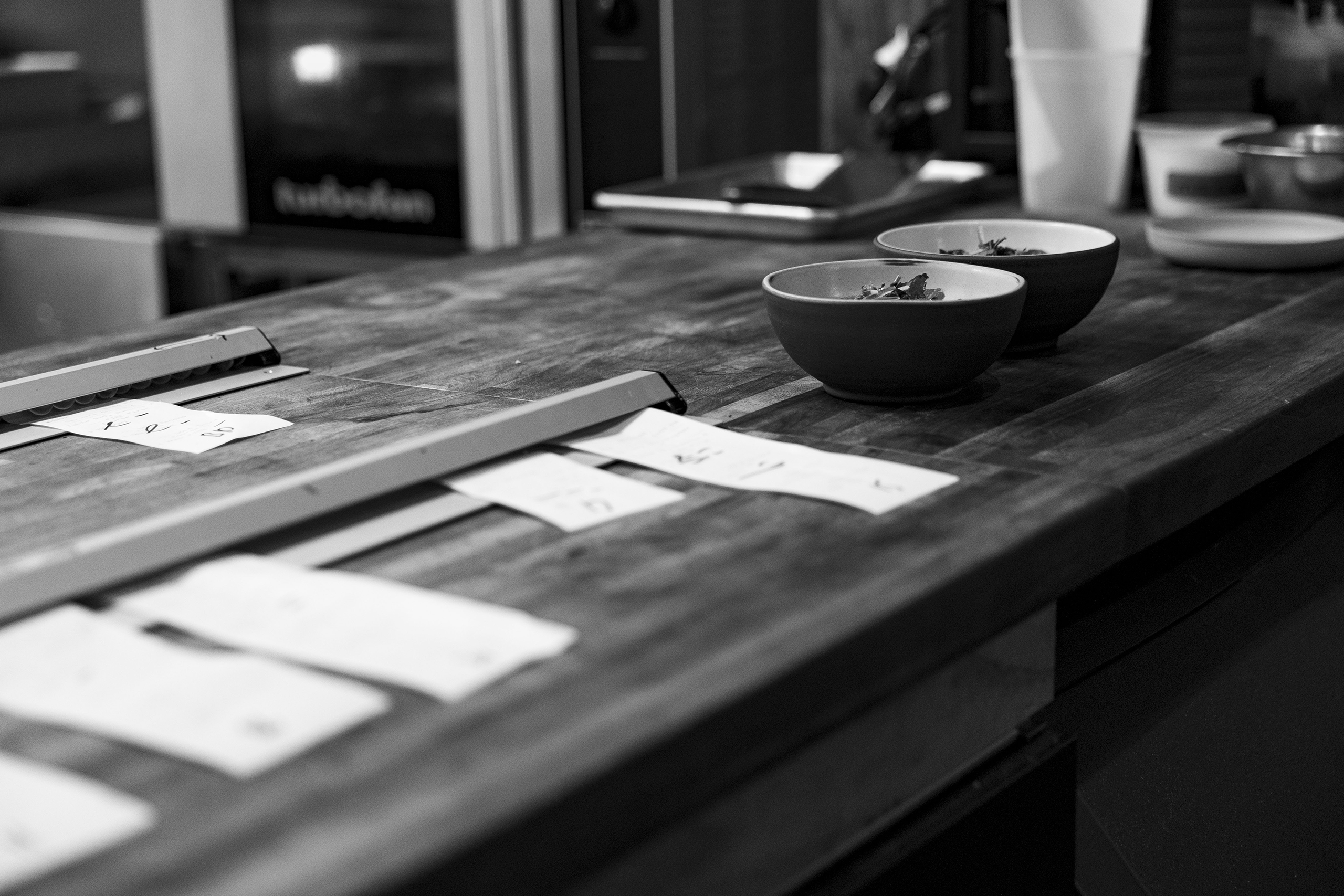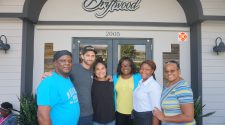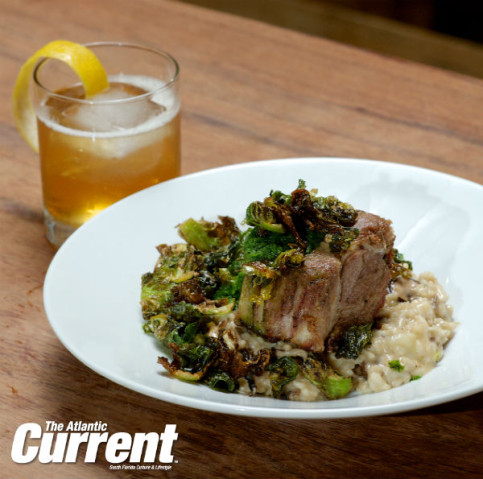Three Restaurant Owners’ Take on the Post-COVID Hospitality Industry
By Darien Davies
Restaurants have always been our go-to for not only to-go, but also dining out, getting out, trying new food and downing new cocktails. They’re a place to see and be seen, and to eat and eat and eat. But what has really been happening behind the scenes since our unwanted patron, Mr. COVID, sat down, party of one?
On the outside, the tables are full, the food is plentiful, the waitlist is still making us wait and the menu items are still speakin’ our language. However, as a restaurant owner, bartender or server, the dining scene looks a lot different. So, when you go out and find that you’re missing your familiar hospitality faces or are curious as to why the menu looks a bit different, there’s a reason.
Staffing
“Hospitality, restaurants in particular, have always been about the people,” said Sean Iglehart, owner of Sweetwater. “As much as some operators/owners want to think everyone is replaceable, that mentality will find you constantly flipping through resumes. I had a pre-COVID team that I worked with for seven to nine years and it was one of the best teams in South Florida. During the pandemic that team took the opportunity, like many others, to seek different avenues in life. Most of them left the industry to become successful in other industries.”
On top of people leaving the industry, there’s the good ol’ fashioned cost of living.
“I wouldn’t get me started on the affordable housing crisis we are seeing in South Florida! It mirrors what has happened at ultra-rich holiday locations such as Nantucket or Montauk. The wealthy have driven property taxes up by purchasing properties at peak market value and therefore rent has gone up subsequently. This pushes out the workforce to move further away from jobs and longer commutes and higher rents put stress on the people that live from check to check. Only solutions I see are if state/local governments step in and create more affordable housing initiatives for the workforce,” Sean said.
Mike Goodwin, owner of Crazy Uncle Mike’s, agreed, saying “Housing costs have become a real concern for many people in our industry. We have lost a few good staff members who moved partially due to the cost of living here.”
So in addition to having to pivot during the COVID shutdown, now that the restaurants are fully back — no more reduced seating, to-go options only, etc. — restaurant owners are still shuffling to find staff who can afford to live where they work, which is an expensive and disheartening issue.
Pricing
Yes, it’s clear that feeding your appetite, on any level, is costing more nowadays. Regardless of if you’re shopping at the grocery store, or a restaurant owner placing orders, wallets and the pickings are slimmer.
“Cost of goods has increased significantly. Everything has increased. All suppliers and retailers have hiked up prices,” Sean said. “We have had to increase our menu prices because labor cost has significantly increased. We have had zero negative feedback. I believe the people understand everything has increased.”
So it’s a double-edged chef’s knife. Raise prices to meet the increase in costs and potentially be unable to put butts in seats, or keep prices the same or similar and risk your profit margin and possibly the sustainability of the restaurant as a whole.
“Food costs have increased more than restaurants can adjust for in menu pricing without alienating the customers, leaving a shortage in the bottom line,” Mike said.
But the goal, as Mike puts it, is still to remain steady and cautiously optimistic.
Rent
And let’s not forget about rent. Due to demand and lack of availability in most high-traffic areas, many landlords have the upper hand. So on top of the aforementioned stressors, restaurant owners now have to legitimately wonder if they’ll be able to carry on business as usual every month or year, or, really, at their landlord’s whim.
Oceano Kitchen found themselves in just this situation.
“We found out on Aug. 28 that we had until the end of September to vacate the space we had called home for the past seven years. We were notified by an email from the landlord’s attorney. But that’s why we were already looking for a new space, amongst a bunch of other reasons,” said Jeremy Bearman, chef and co-owner of Oceano Kitchen. “We never wanted to deal with a landlord again. It was time to buy something of our own. How were we going to do that if we had no revenue? It was a rough day and week, to put it mildly.”
It was go big or go bust, or rather, go smart or go bust.
Fortunately, Jeremy and the Oceano crew were able to pull off a quick turn around — they opened at their new location only 9 days after vacating the old location. Sadly, the circumstances don’t always align for other restaurants in similar situations.
“There are hundreds of variables that can go wrong but getting your lease right is the No. 1 item. The landlord is your biggest partner,” Sean said. “For me personally, I believe mid-smaller restaurants are going to have to get very creative and develop multiple revenue streams in their space and maximize their license. I think the future is smaller, tighter operations. I wouldn’t touch anything over 1,500 square feet and no more than 10 people on the team. You either go micro or macro with the operation. The middle of the road restaurants are going to have the toughest time balancing the expenses and profits.”
What it boils down to is that restaurants, yes, exist to serve food, but it’s more about the people. You can have a great dish but if the service is terrible, that’s what you’ll talk about. So without a space, ability to afford food, or having reliable people to facilitate the dining process, there is no restaurant. You’re looking at pick-up from who knows where. Long story short, restaurants need you as much as you need them, as well as restaurants needing each other.
“I would hope to see some more collaborations and community amongst restaurants. South Florida has always been very dog eat dog and out for themselves, rather than community. This shit is tough as it gets, we should all stick together and prop each other up,” Sean said.
Heard, Chef.
